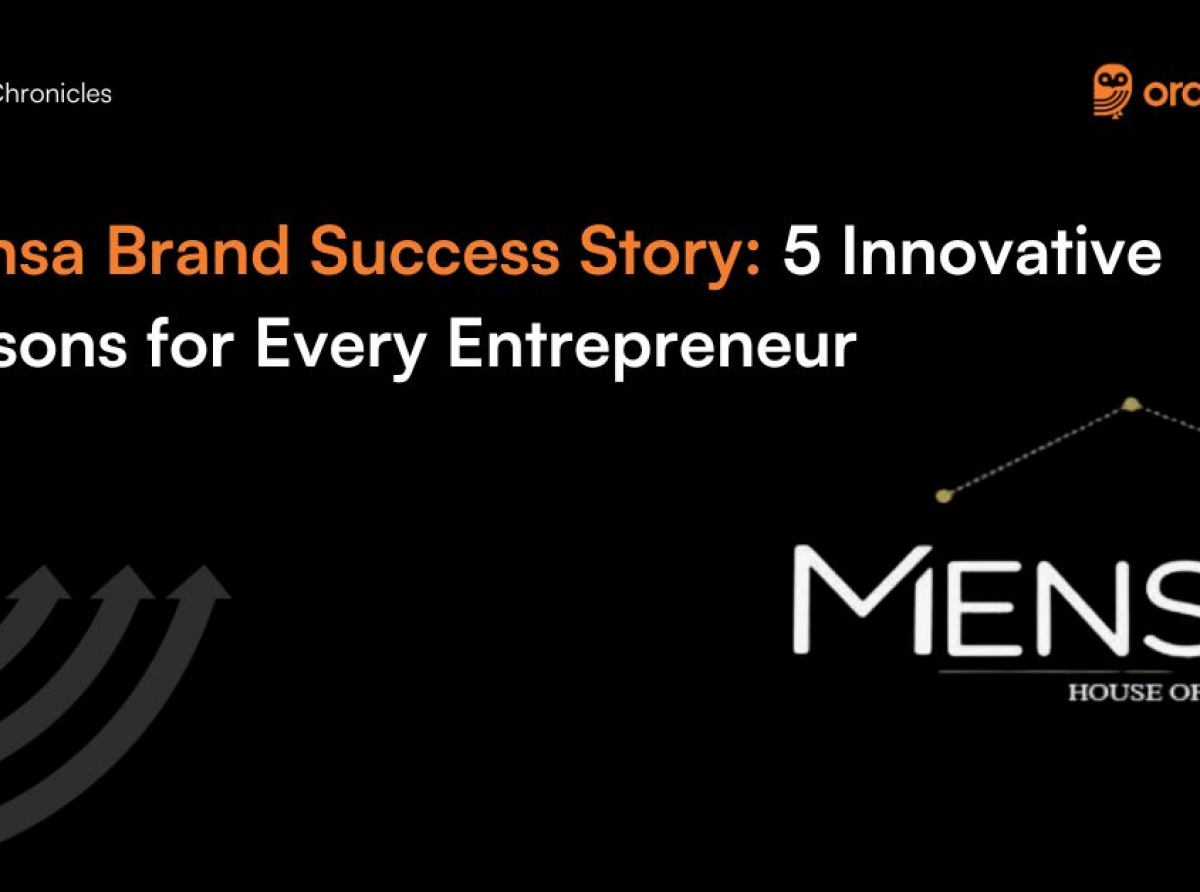Mensa’s $1.2 bn lesson, speed can’t substitute for strategy in D2C aggregation

Mensa Brands, founded in 2021 by former Myntra CEO Ananth Narayanan, was once the shining star of India’s Direct-to-Consumer (D2C) aggregation space.
Read our latest issue
Its strategy to acquire successful but stalled early-stage brands and scale them using centralized expertise in logistics, marketing, and marketplace optimization pushed the company to a $1.2 billion valuation in just six months.
Backed by heavyweights like Tiger Global, Norwest Venture Partners, and Accel, Mensa raised $283 million and accumulated a portfolio of 24 diverse brands.
Yet, recent company activity, including a consolidation to just 10 core brands and a rebrand to BRND.ME, reveals a cautionary tale about the pitfalls of attempting to fast-track organic growth with pure capital and speed.
The financial whiplash
Mensa’s initial success was underpinned by explosive revenue increases, driven primarily by the high velocity of acquisitions.
However, the subsequent years revealed a sharp and unsustainable deceleration, indicating severe integration and operational strain.
Table:
|
Metric |
FY 2022-23 |
FY 2023-24 |
FY 2024-25 (projected) |
|
Revenue Growth Rate |
306% (explosive) |
13% (deceleration) |
2% (near stagnation) |
|
Revenue (approx.) |
Rs 1,300 crore |
Rs 1,470 crore |
Rs 1,500 crore |
|
Brands in Portfolio |
24 |
24 |
10 (Consolidated) |
The drop from 306 per cent growth to a mere 2 per cent is a stark reflection of a model that prioritized volume of acquisitions over quality of integration and sustained brand development. While the top-line revenue volume increased initially, the marginal returns on new acquisitions plummeted.
Too broad, too fast
The core problem for Mensa was a critical failure in operational focus. The 'Thrasio model' of aggregation works best when specialized playbooks can be repeatedly applied across a homogenous vertical for example, only Amazon FBA brands. Mensa, however, cast too wide a net.
Over-acquisition without integration: Mensa acquired 24 brands spanning fashion, beauty, home décor, and even content companies (like the India Lifestyle Network), all within a short window.
Scaling a fashion inventory system is fundamentally different from managing supply chain for home goods or optimizing a content business. This scattered focus prevented the central platform from delivering specialized, high-impact support.
Operational friction: Reports emerged of deep internal misalignment, including delayed payments to acquired founders and a significant exodus of key executives, including founding members. This suggests that the internal M&A (mergers and acquisitions) team was running ahead of the operational capacity to manage the resulting complexity.
In fact, a clear indicator of this strategic overreach was the acquisition and subsequent divestment of the India Lifestyle Network (ILN), which was intended to boost Mensa’s content-to-commerce play.
The acquisition price (initial investment) was $50 million. However, the sale price (divestment) was $9 million only. This substantial loss of $41 million on a single asset highlights the difficulty of integrating non-core content businesses into an operational D2C framework.
It serves as a textbook example of capital being deployed based on a theoretical synergy that failed to materialize in practice, leading to a hasty and costly exit.
The BRND.ME shift
In response to the operational and financial challenges, the company has shifted focus on rebranding as BRND.ME and with consolidation. The portfolio has been slashed from 24 to 10 brands, reflecting a necessary pruning of underperforming or poorly integrated assets.
The new strategy centers heavily on four anchor brands: Myfitness, Party Propz, Majestic Pure, and Botanic Hearth, which now collectively generate 60 per cent of the consolidated revenue.
This shift towards a high-concentration, focused portfolio suggests a return to the basic principle: concentrate resources on businesses showing actual scalable traction. The company’s stated goal is a focused IPO within the next 18 to 24 months, contingent on proving this new model can sustain profitable, albeit slower, growth.
The Mensa story is a reminder that while capital can buy market share and short-term metrics, it cannot accelerate the organic, trust-based process of building an enduring brand. Aggregation models, when applied too aggressively, risk creating a large, but shallow, pool of disconnected assets rather than a robust ecosystem.










